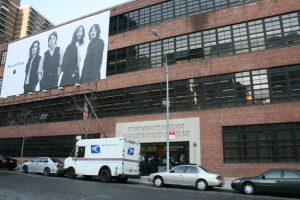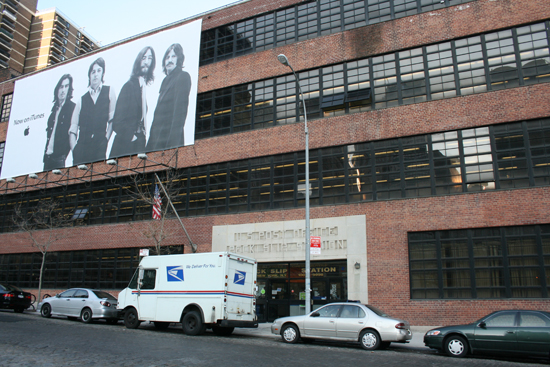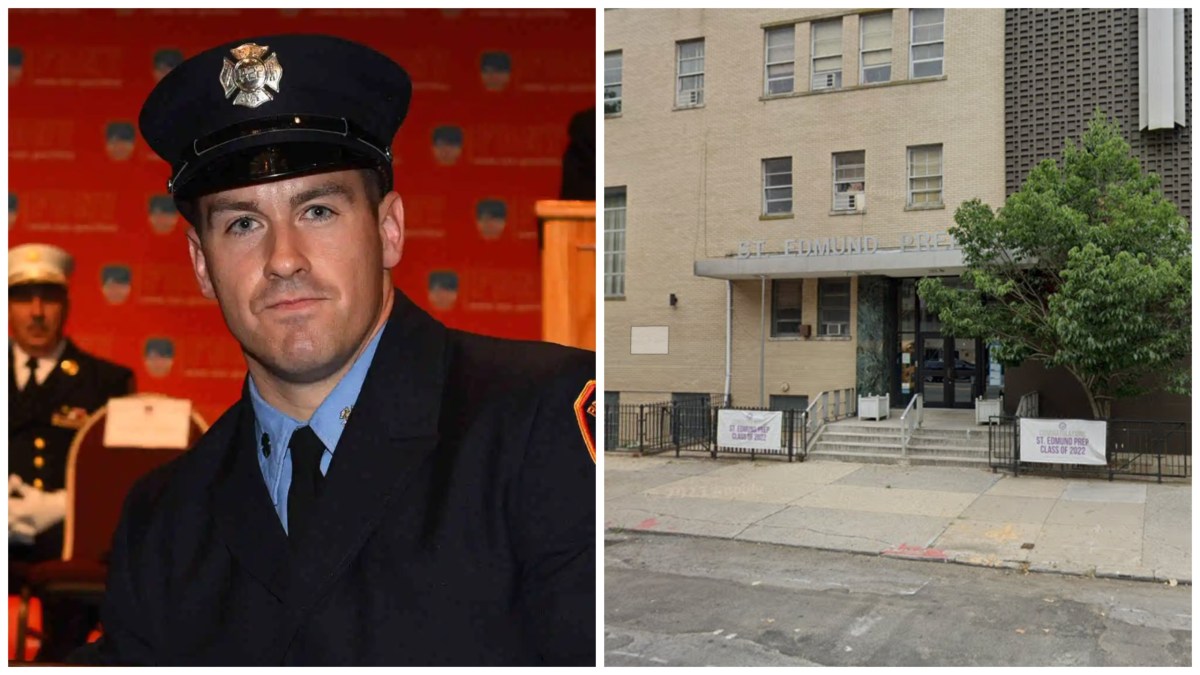
BY JOHN BAYLES | The NYC Dept. of Education’s third go-around at a proposal to rezone schools in Lower Manhattan was unveiled on Monday night. And although the plan will likely be approved, it is still unsettling in the minds of some Downtown teachers, parents and education advocates.
The major difference between the previous proposals is how P.S. 234 will be zoned. Before Monday night, numerous parents in Tribeca were concerned with the D.O.E.’s decision to split Tribeca, sending children in the southern part of the neighborhood to P.S. 234 and zoning children in the northern part of the neighborhood for P.S. 3 in Greenwich Village or P.S. 1 Chinatown. That plan was heavily criticized and led to District 2 Community Education Council voting down the proposal earlier this month. The Council will vote on the new plan on Dec. 14.
But keeping the P.S. 234 zone the same will result in a waitlist for parents hoping to secure their kindergarten age children a spot in the popular school. This school year P.S. 234 had a waitlist of 38 children. At Monday’s meeting, D.O.E. representatives predicted a waitlist just as long come next year.
Prior to the latest plan, numerous parents had expressed the view that they would take their chances on a lottery and deal with the waitlist scenario rather than be zoned for a school other than P.S. 234.
Tricia Joyce, Community Board 1 member and Co-Chair of the P.S. 234 Committee on Overcrowding, said the biggest problem with the rezoning process as a whole was summed up when one audience member approached a representative from the D.O.E.
“A woman walked up and said, ‘I’m begging you to do something or else my children will not have a school seat in my neighborhood,’” recalled Joyce.
It’s ultimately the children that are losing due to the current methodology used by the D.O.E. in rezoning scenarios, mentioned Joyce. When asked, “Who is winning?” Joyce noted that it’s the mayor who is ultimately “in control” and pointed to the revitalization of Lower Manhattan post-9/11, which has seen a boom in the real estate market and a “thriving” service industry and a huge increase in its residential population.
“These buildings are filling up [with families],” said Joyce. “And as they have gotten here and settled in and made possibly the biggest financial investment of their lifetime, they’re being told, ‘sorry, we forgot to plan for your school children.’”
“We’re not asking to build a spa,” continued Joyce. “This is not an amenity we’re talking about, it’s basic infrastructure.”
The rezoning is necessary due to the new Peck Slip elementary school, which will begin taking kindergartners in 2012 and will incubate at the Tweed Courthouse until the actual school is completed. It is set to open its doors in 2015 with a capacity of 656 students.
The new Peck Slip school will be drawing children from nearby Southbridge Towers, currently zoned for Spruce Street, and some residents have voiced support for a scenario that would allow them to choose between the schools. Joyce said she “respected” the Southbridge residents’ wish to have such an option and noted that since 2009 children living in the housing complex will have been zoned for P.S. 234, then Spruce Street and now Peck Slip.
“What we have is a situation where we have been and will be rezoning on a bi-yearly basis. There are families in Southbridge that will have sent their children to three different elementary schools,” said Joyce.
Eric Greenleaf, NYU professor and a member of Assembly Speaker Sheldon Silver’s School Overcrowding Task Force said, “A lot of discussion about these particular zones, if you look at the motivating factor beneath all of it, it is the need for more schools.”
Greenleaf said there is a very real chance of a waitlist next year when Peck Slip opens at the incubator site.
“You can’t find anyone at the D.O.E. right now that will tell you Downtown needs more schools,” said Greenleaf. “If the D.O.E. refuses to acknowledge the need for more schools Downtown and doesn’t try to get those schools built, then the forecasts that say we need more schools will be wrong because people will move out.”


















